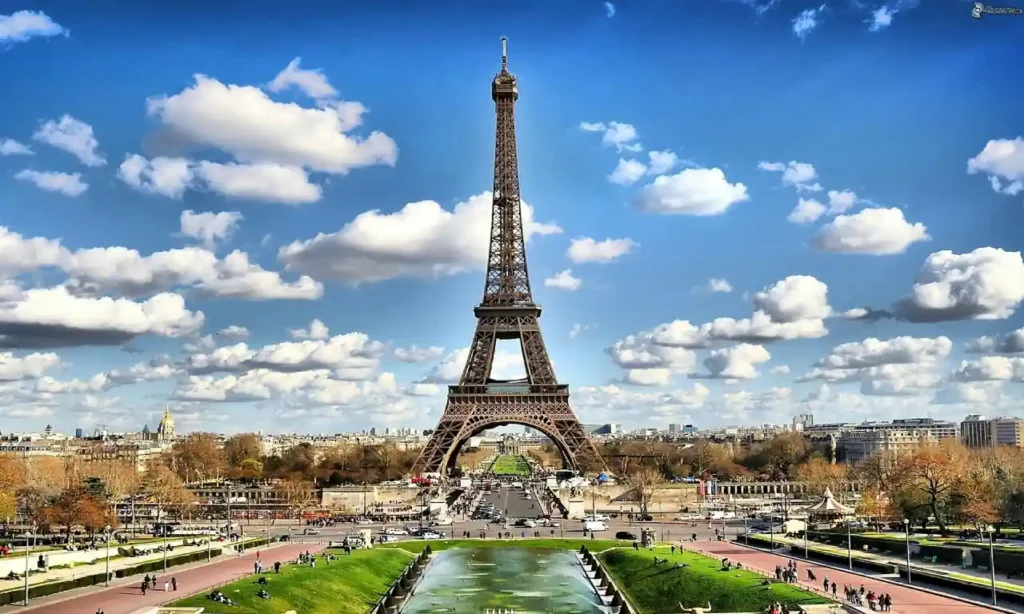Introduction:
America’s cultural landscape is a tapestry woven from the threads of diverse traditions, influences, and habits that have evolved over centuries. From the earliest settlers to the present day, the habits of Americans have been shaped by a complex interplay of historical events, social movements, and technological advancements. Join us on a journey through time as we explore the rich tapestry of American habits and the forces that have shaped them.
Colonial Customs: Building Foundations
The habits of early American settlers were deeply rooted in the customs and traditions of their homelands, whether they hailed from England, Germany, or other European nations. From agricultural practices to religious observances, these customs formed the foundation upon which American society was built. As settlers established communities across the continent, they adapted their habits to suit the challenges and opportunities of life in the New World, paving the way for the development of distinctly American habits.
Frontier Spirit: Adaptability and Resilience
The westward expansion of the 19th century brought with it a spirit of adventure, adaptability, and resilience that shaped the habits of Americans on the frontier. Facing rugged terrain, harsh climates, and uncertain futures, pioneers developed habits of self-reliance, ingenuity, and cooperation that allowed them to thrive in the wilderness. From hunting and trapping to homesteading and farming, frontier life demanded a wide range of skills and abilities, fostering a culture of resourcefulness and innovation that continues to influence American habits to this day.
Industrial Revolution: Changing Rhythms of Life
The Industrial Revolution transformed the habits of Americans in profound ways, reshaping the rhythms of daily life and blurring the boundaries between work and leisure. As factories replaced farms as the primary engines of economic growth, millions of Americans migrated from rural areas to urban centers in search of employment opportunities. With the rise of mass production and consumer culture, habits around consumption, entertainment, and socialization underwent dramatic changes, giving rise to new rituals and traditions that reflected the realities of life in the modern age.
Post-War Prosperity: Rise of the Suburbs
The post-war era witnessed a period of unprecedented prosperity and growth in America, fueled by technological advancements, economic expansion, and social change. The rise of the suburbs transformed the habits of millions of Americans, as families sought out spacious homes, green lawns, and safe neighborhoods away from the crowded streets of the city. With the advent of television, automobiles, and other modern conveniences, habits around entertainment, transportation, and leisure evolved to accommodate the demands of suburban life, shaping the cultural landscape of America for generations to come.
Digital Age: Connectivity and Convenience
In the digital age, technology has revolutionized the habits of Americans in ways that were unimaginable just a few decades ago. With the advent of the internet, smartphones, and social media, habits around communication, information, and entertainment have been transformed, creating new opportunities for connection, collaboration, and creativity. From online shopping and streaming services to remote work and virtual socializing, the digital revolution has reshaped the rhythms of daily life and expanded the possibilities for how Americans live, work, and play in the 21st century.
In conclusion, the habits of Americans have been shaped by a complex interplay of historical events, social movements, and technological advancements. From the customs of early settlers to the conveniences of the digital age, American habits have evolved over centuries to reflect the changing needs, desires, and aspirations of a diverse and dynamic society. As we continue to navigate the ever-changing landscape of American life, the habits we form today will shape the future of our nation for generations to come.



